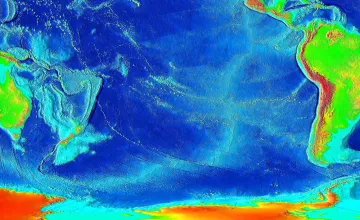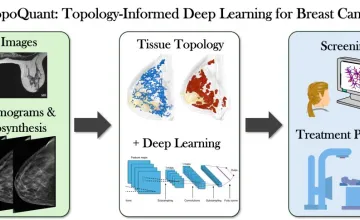AAU universities conduct a majority of the federally funded university research that contributes to our economic competitiveness, health and well-being, and national security. AAU universities are growing our economy through invention and innovation while preparing the next generation of scientists and engineers for global leadership. By moving research into the marketplace AAU universities are helping to create jobs, and provide society with new medicines and technologies.

UMD geologists uncovered evidence of a section of seafloor that sank into the Earth's mantle when dinosaurs roamed the Earth; it's located off the west coast of South America in a zone known as the East Pacific Rise.

Novel research supported by NCI could lead to more specific predictive disease models

A new University of Kansas study reveals parents seeking health care information for their children trust AI more than health care professionals when the author is unknown, and parents rate AI generated text as credible, moral and trustworthy.

Hypertension and amyloid plaques can separately cause dementia. Having both increases a person’s odds of developing cognitive decline, a new study finds
Explore More: University Research
You can filter stories by the university.
Giving opioids to animals to quell pain after surgery prolongs pain for more than three weeks and primes specialized immune cells in the spinal cord to be more reactive to pain, according to a new study by CU Boulder.
University of Colorado Boulder | AAU Universities Battle the Opioid Crisis | Treatment & Prevention | University Research
Education gives people an edge in their later years, helping them to keep dementia at bay and their memories intact, a new USC-led study has found.
University of Southern California | Alzheimers | Researching the Brain, Seeking Cures | University Research
A new technology pioneered at USC may eventually reach an elusive goal for dentistry: filling without drilling.
Maliha Zahid, a cardiologist at the University of Pittsburgh’s Department of Developmental Biology, has developed a way to reduce radiation exposure from radiological scans.
Researchers at Texas A&M University have explored a new class of clay nanoparticles that can direct stem cells to become bone or cartilage cells.
